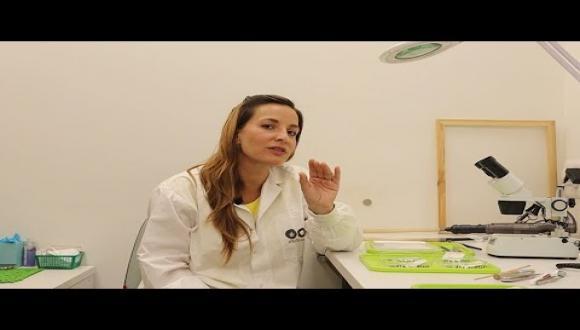Laboratory for Conservation of Metallic Artifacts
The Conservation Lab
The Laboratory for Conservation of Metallic Artifacts aims to provide integral conservation treatments to metallic artifacts such as coins, jewelry, weights, arrowheads, elements of clothing such as fibulae, needles, and pins, etc. Applying measures of Preventive Conservation, Remedial Conservation, Restoration, Storage, and Environmental Monitoring that follow the international regulations for the conservation of cultural heritage. This fosters the analysis, study, publication, exhibition, appreciation, and enjoyment of metal artifacts by generations to come.
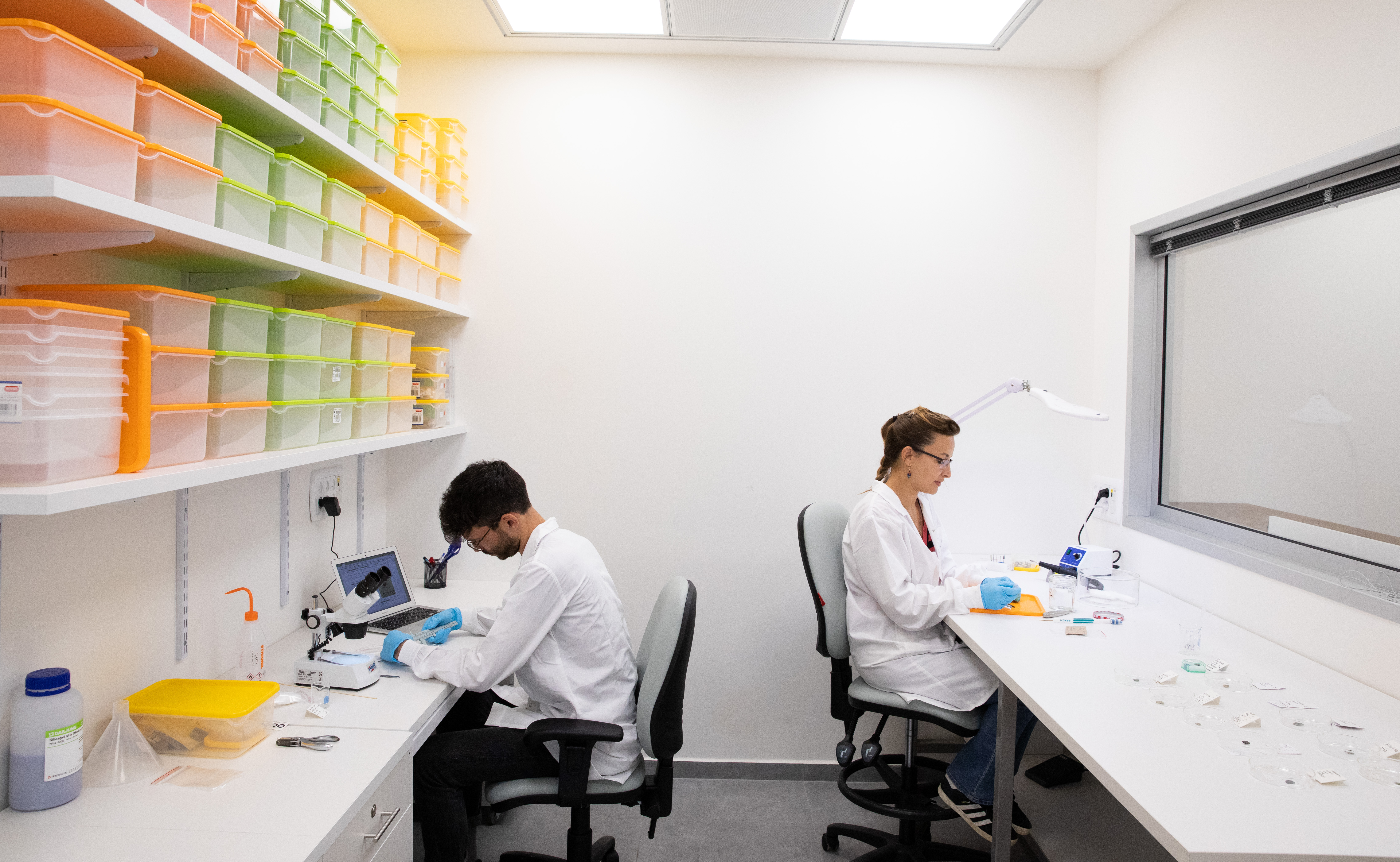 |
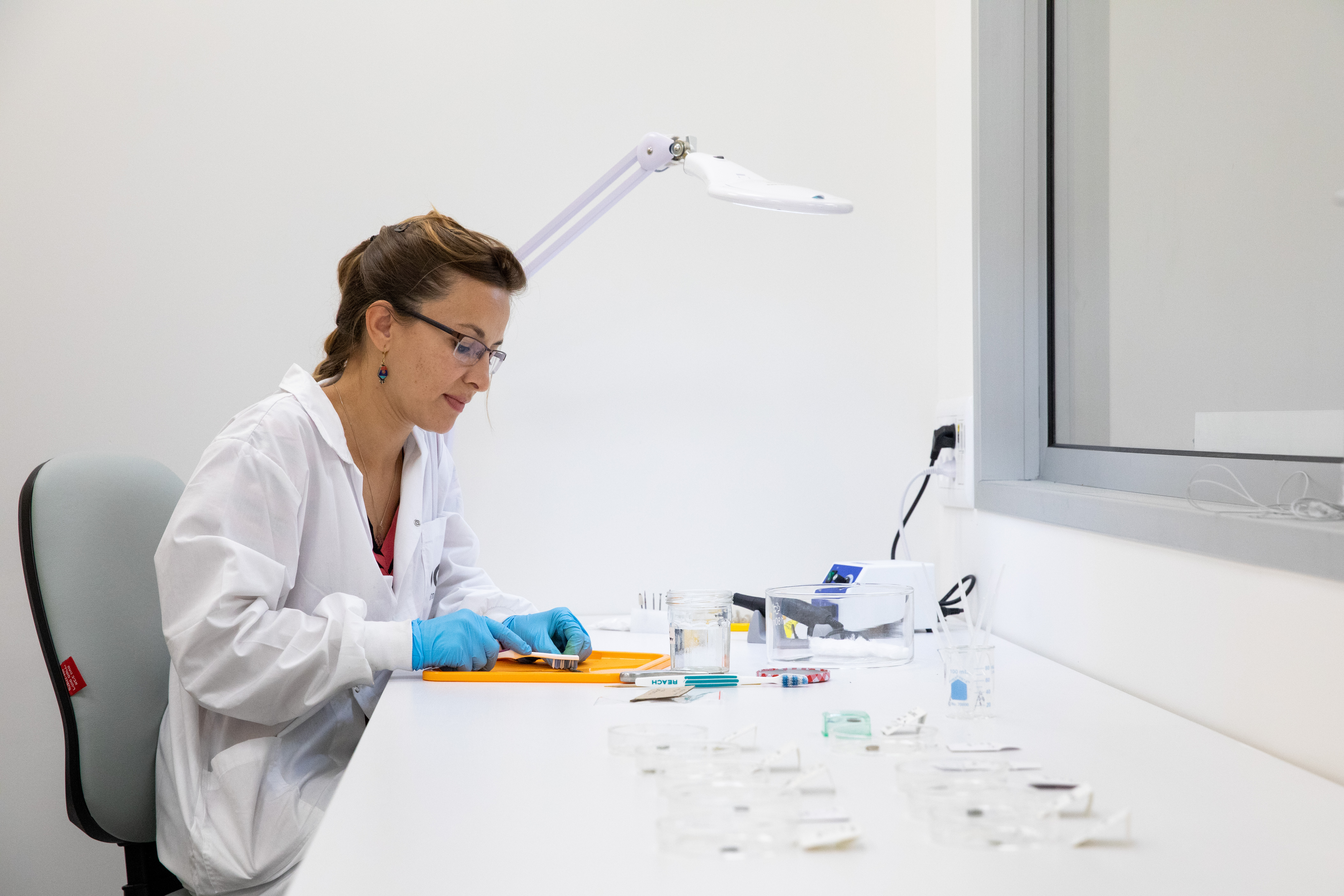 |
To achieve this, the artifacts must be subject to conservation actions since their excavation till their transfer to the Conservation Lab. These measures range from the control of environmental conditions (humidity and temperature), delicate handling, avoiding touching them with bare hand (always using gloves), their packaging in boxes and bags that do not generate harmful products such as acids, and their transportation to the Conservation Lab, where a specialist in the discipline will apply all his/her knowledge, time and talent to guarantee the permanence of such delicate objects.
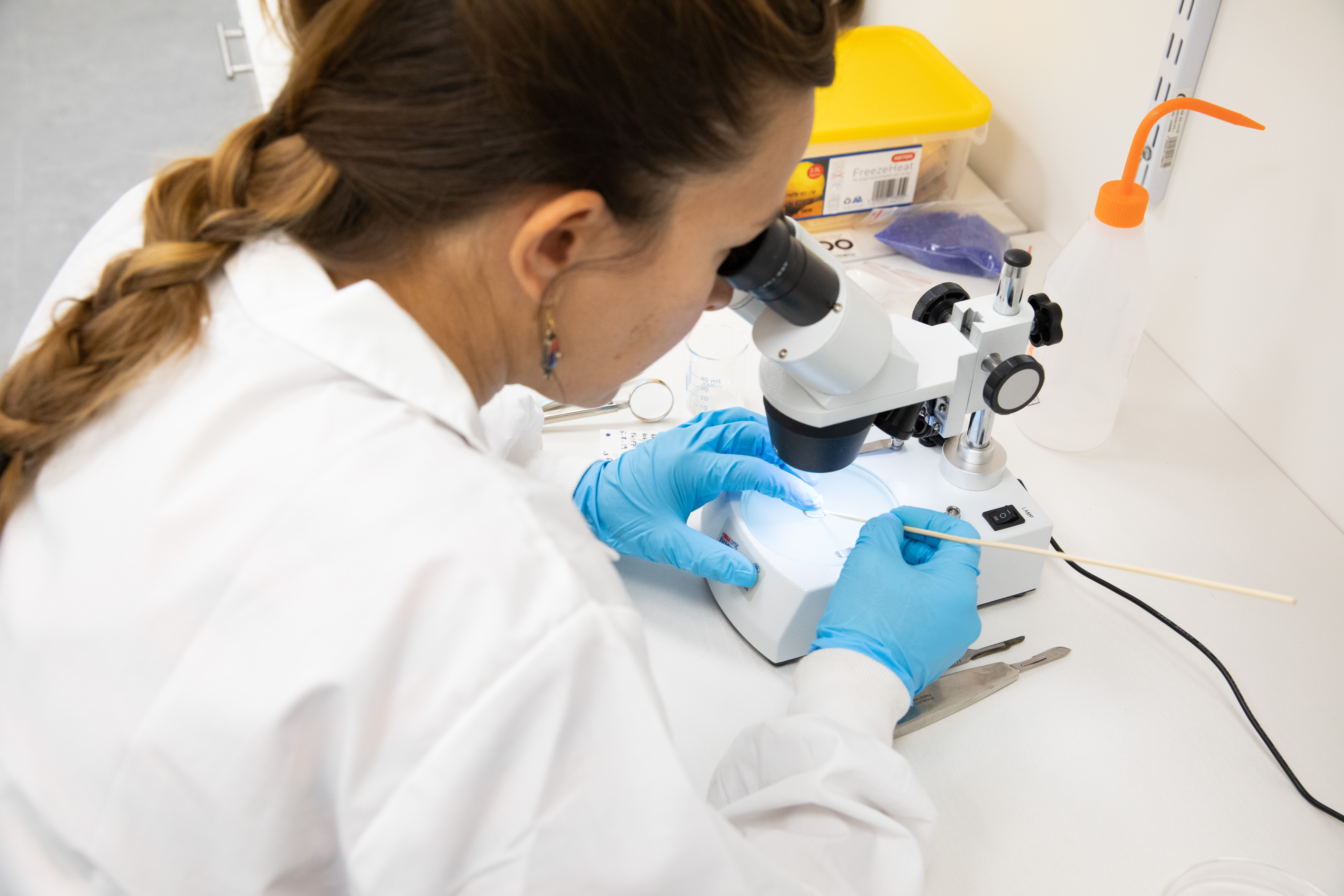 |
 |
Conservation measures
Preventive conservation: consisting of reduction of the RH to 20% and temperature to 20C, withdrawal of reactive material in packaging such as acid paper bags or cardboard, labels, cotton, etc., and if necessary, change of packaging.
Registry and Identification: before any intervention, it is essential to carry out identification of the materials and manufacture technique of the metal artifact, since it determines the deterioration processes and the intervention. This task is made by detailed análisis, of its appearance; color, brightness, porosity, superficial texture, resistance, consistency, and weight; using magnifiers or stereoscopic microscope. This step also requires a photographic record.
Assessment: corrosion is the main alteration affecting metals, with the exception of gold, all metals, and their alloys will have a certain degree of corrosion. However, when it does not cause progressive degradation of the core metal, it is considered a patina. Its evaluation is a task executed by a conservator, who will judge whether the corrosion is stable (passive) or active, as well as the level of corrosion reduction needed. Other alterations present in metallic artifacts may be fragmentation, deformation, abrasion, incisions, stained, loss of pictorial layer, etc.
Treatment: Depending on the type and level of alterations, the conservator will carry out conservation processes to return stability to the object and allow it to be read. In the case of active corrosion, it hides very important details of manufacturing techniques, such as the case of coins, where the corrosion may be covering important iconographic representations, inscriptions, or dates. Therefore, the conservator will take these factors into account to determine the conservation processes, which may be: surface cleaning, elimination, or reduction of corrosion products by physical or physicochemical treatments, consolidation, passivation, fragment adhesion, protective layers, etc. Only scientific conservation techniques, with verifiable and published results, are applied, avoiding all empirical approaches.
Monitoring: After its intervention, the metallic objects are kept in strict conditions of HR at 20% and temperature 20C, by means of Silica-gel or Desecator.
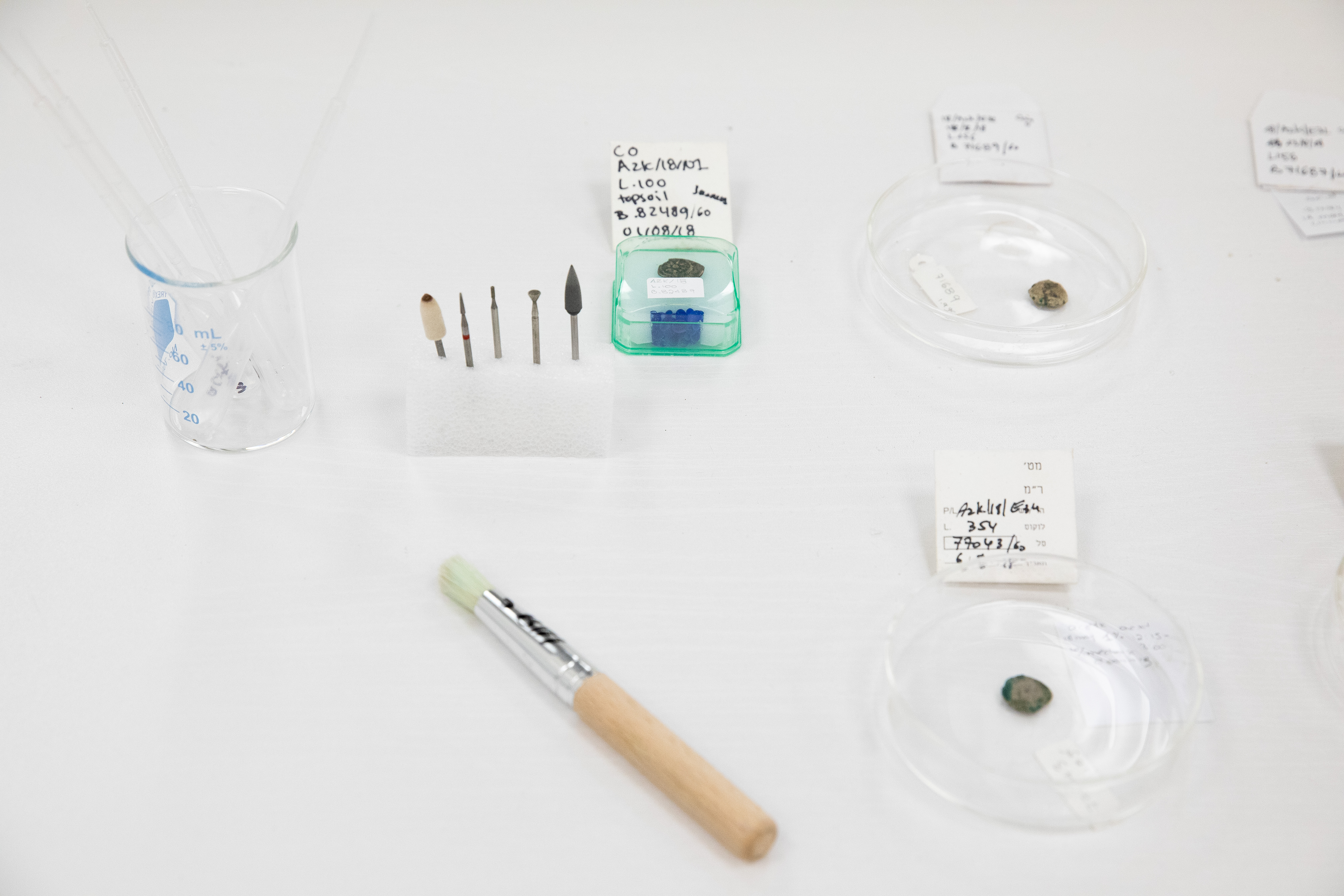
Contact
The Sonia And Marco Nedler Institute of Archaeology
Tel Aviv University
Gilman Building
Room 119
email: dianamariam@mail.tau.ac.il
Staff:
Diana M. Medellin. Conservator of Archaeological Heritage

